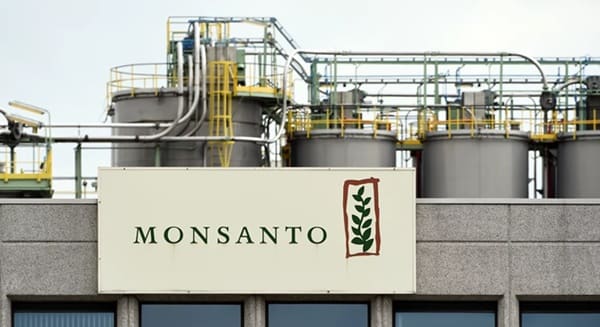In recent times, there have been so many cases against many companies that claim their products as safe for humans, but the reality says something else, and this is precisely what this Monsanto Lawsuit is all about. Actually, this Monsanto is behind a super popular product that goes by the name Roundup. It is a globally famous product, actually, and if you’re into keeping your garden or farm safe from weeds, then sure enough, it could very well be that you have a Roundup bottle sitting pretty somewhere in your garage. Correct us if we’re wrong. Anyway, the thing is, there were so many people who used this product and got sick. Really sick, actually! And this is where the Monsanto Lawsuit thing started getting a lot of attention.
Some people even went as far as to say that this Roundup product gave them cancer. So now, there is a crazy legal mess surrounding this product and the company that makes it, and a lot of people are feeling curious about it all. So, let’s just get to the details and find out what went down, where this case stands now, and what are the updates regarding it.

Background and Origins of the Monsanto Lawsuit
Roundup has been around since the 1970s. It became one of the most popular herbicides worldwide because it worked well and was easy to use. The key ingredient in it is called glyphosate. For years, it was marketed as safe.
In 2015, however, the World Health Organization said that glyphosate is “probably carcinogenic to humans.” There have been suspicions of it being carcinogenic, but none have been unequivocally proved as yet. Thus, just having such an ominous moniker given to it got people worried, especially those exposed frequently to Roundup.
Dewayne Johnson, a groundskeeper, was the first person to sue Monsanto for damages in 2018. He claimed that the long-term use of Roundup had given him non-Hodgkin lymphoma, a type of blood cancer. The jury gave a verdict in his favor, awarding $289 million in damages. That case was a precursor for a large network of people to go on to lodge suits.
Legal Landscape and Major Milestones
The Johnson case was just the beginning. Since then, other thousands of similar lawsuits have been filed. Many of these are grouped into what is called a multi-district litigation, or MDL, which is designed to expedite handling of very-large-numbered-related cases.
There have been a few trials with some huge decisions moving across the docket. For example:
- $2.25 billion win for plaintiffs from Pennsylvania
- $2.1 billion win in Georgia
- $1.56 billion win in Missouri
- $289 million win in California (the original Johnson case)
Of course, the plaintiffs do not win every case. Bayer has won quite a few cases, especially when Roundup exposure was limited. However, a few major losses have seriously damaged the company. Its stock price has dropped ever since 2018, with the pressure on the company in the litigation arena not seeming to ease.
Settlement and Compensation Details
Back in the year 2020, Bayer had tried to solve the largest chunk of the cases through offering $10.9 billion. This settlement would have covered about 100,000 cases. New cases, though, kept flowing in. As of mid-2025, more than 60,000 cases are still pending.
Bayer has set aside an additional $5.9 billion for future settlements, and yet many legal experts think this amount might simply be insufficient.
The amount of compensation varies from case to case. In trials, the damages run into millions, especially if long-term exposure to the effects of health issues that may have arisen is proved. On the other hand, some can receive awards in the settlement programs ranging between $20,000 and $100,000. The higher payouts generally go to those like farmers or groundskeepers, who may have used Roundup for years.